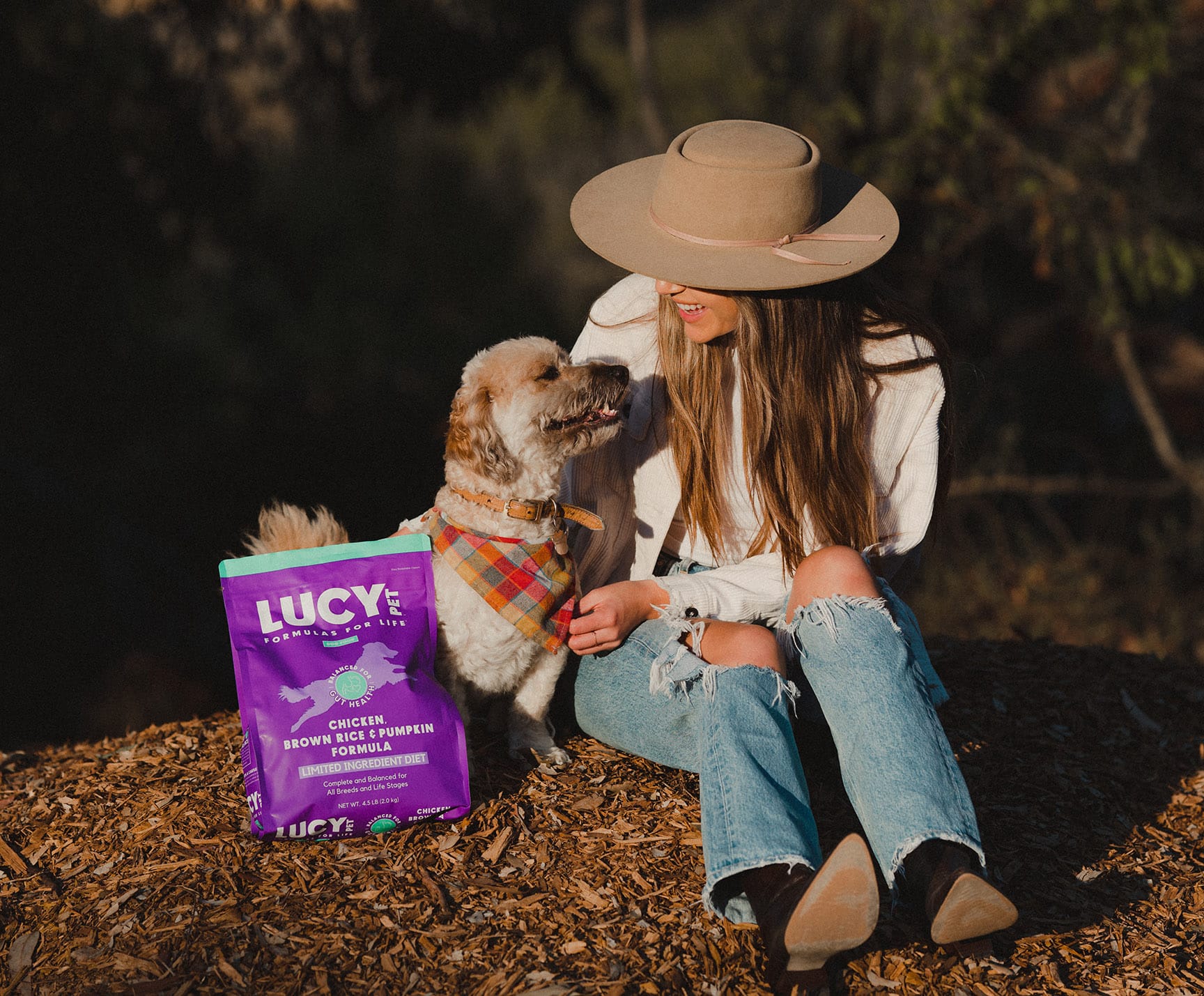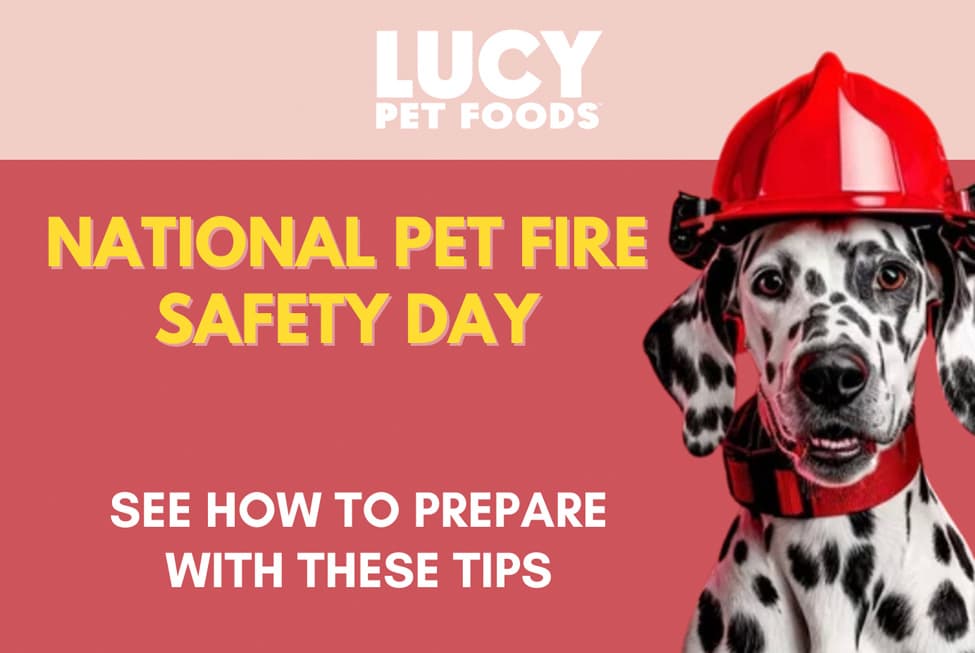First and foremost, keep tooth-brushing sessions short and fun. Make your pet think of it like getting a treat. You need to make the process as pleasant as possible. Try not to restrain your pet too tightly. Brushing should be a bonding experience reinforced with praise and rewards. It should never be traumatic for you or your pet.
You will need a toothbrush and toothpaste made especially for pets. It’s important never to use a toothbrush meant for people, not even a child’s size, as the bristles are too hard. Cat and dog toothbrushes are designed for pets and are extremely soft. There are several choices of styles, including a straight or angled toothbrush that’s similar to the one you use; a finger brush that fits onto the end of your finger; and even an electric one with vibrating bristles. Each pet should have its own toothbrush to prevent the spread of germs and bacteria. (If any out-of-town guests are staying with you, don’t forget to warn them that your pets have their own toothbrushes and toothpaste!)
Pet toothpaste comes in yummy flavors such as tuna, poultry, malt, and beef. Since cats and dogs don’t spit out the toothpaste or rinse like we do, they need to use toothpaste that is made for pets. Look for brands that contain enzymes to help control plaque. Toothpaste made for people contains detergents that may cause stomach upset in pets when swallowed, and besides, all of the excess foaming may scare your pet—so stick to toothpaste that is made for dogs and cats.
Start by just handling your pet’s mouth for several minutes a day to get your cat or dog used to its mouth being touched. If your pet seems reluctant, you can dip your finger in beef bouillon or tuna water to enhance the experience. Once your dog or cat is accustomed to having you play with its mouth, start rubbing the teeth with your fingers. Next, try rubbing the teeth and gums in a circular motion and start adding in the flavored toothpaste, which should taste good. You really only need to worry about the outsides of the top and bottom teeth, and you can keep the mouth closed by placing your hand around your pet’s muzzle. Once this is working, you can try using the toothbrush. Lift the cheek on one side of the mouth and brush the outside surface of the teeth just as you would brush your own. The brush movement should be in a circular pattern with ten short motions that cover three to four teeth at a time. Placing your index finger directly behind the bristles will help stabilize the brush. Increase the number of teeth brushed each time until your pet accepts the routine willingly. Keep the sessions at 15 to 30 seconds initially.
If your cat or dog is reluctant, don’t try brushing all of the teeth right away. Just start with one or two teeth a day until your pet realizes that tooth brushing is okay, and then work your way up to eventually brushing all of the teeth. It should only take 30 seconds of brushing on each side of your pet’s mouth. That’s a small amount of time for such a huge investment in your pet’s health and well-being—and is well worth the effort.
In time, you will be surprised by how easy it is to add brushing to your pet’s daily routine without interrupting your life. Find a convenient time when your pet is relaxed, such as after a walk, or after eating or napping. Try brushing while you watch TV together, or if your pet is most at ease while sitting on your lap, brush then.
You need to work up to brushing every day, or, at least, every other day; anything less than that is not helping your pet. The best time to brush is either in the morning or at the end of the day. Try getting into the habit of brushing your pet’s teeth either before or after you brush your own.
Your pet still needs to have its teeth cleaned professionally, just like you do, but proper brushing will greatly reduce the number of times this has to be done. By brushing every day, your dog or cat will have sweeter breath and healthier teeth, and you will have lower vet bills.
DENTAL DISOBEDIENCE
Sometimes, no matter how hard you try, your cat or dog will not allow its teeth to be brushed. But don’t despair; even if you can’t brush your pet’s teeth, there are other ways to administer at-home dental care.
- There are sprays and gels available that can be easily applied to the tooth and gum surfaces.
- In lieu of a toothbrush and toothpaste, you can opt for dental pads or wipes that you wrap around your finger to brush the teeth with.
- There are different chew toys and treats for your pet to gnaw on that simulated brushing. These include chew strips, rawhides, dental bones, and rubber chew toys. Some manufacturers add tartar-reducing enzymes to these products to help further prevent plaque buildup.
- Diets are now available that can help reduce the formation of plaque deposits. These special foods have abrasive particles that will help mechanically remove plaque.






Leave A Comment
You must be logged in to post a comment.